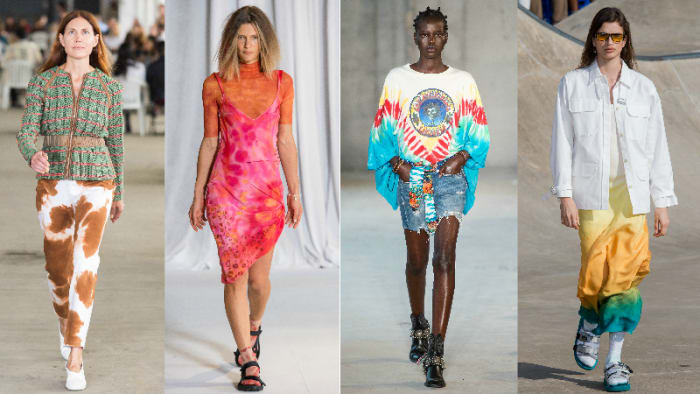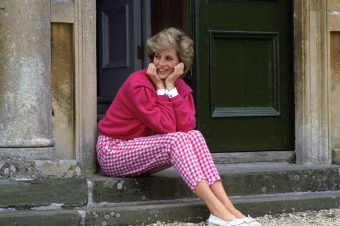I am a 90s kid, and no other style speaks to more than grunge. The grunge movement started somewhere in the late 1980s in Seattle, I use the word movement with a pinch of salt as grunge had no message that it intentionally stood for unlike the other fashion movements such as punk (rebellion) or hippie (peace). The style was meant to be more of an anti-style, which embodied the disconnectedness, disinterest of the youth in the 1980s, in which they rejected the norms of the society and capitalist mindset.
The term was coined in the 1970s, however, gained popularity in the 80s and 90s thanks to the underground music scene in the pacific northwest accredited to bands such as Nirvana, Pearl Jam, Sound Garden, Green River, etc. As Nirvana’s album Never Mind became a hit, Kurt Cobain and Courtney Love became idols of Grunge.
The grunge aesthetic can be coined as androgynous and ill-fitted. These were mundane loose silhouettes, durable, thrift-store clothing bought for cheap. The notable styles from the grunge movement are Dr.Martens boots, Flannel Shirts, Baby Doll T-shirts, Ripped Faded loose-fitted Denims and Skull Caps. The hair and makeup were unkempt, with little attention paid to the styling.
Grunge entered the luxury market with the infamous 1993 collection by Marc Jacobs designed for Perry Ellis. This collection cemented Marc Jacob’s reputation as a contemporary designer that references pop culture in his designs.
Here’s a recap into the past:
Kurt Cobain from the cover of Rolling Stone in 1992, rocking the famous ‘Corporate magazines still suck’ T-shirt
Kurt Cobain, Nirvana
Nirvana on backstage; 1991
Chris Cornell of Soundgarden
Pearl Jam’s July 1991 U.S. Tour
Eddie Vedder, Pearl Jam




























